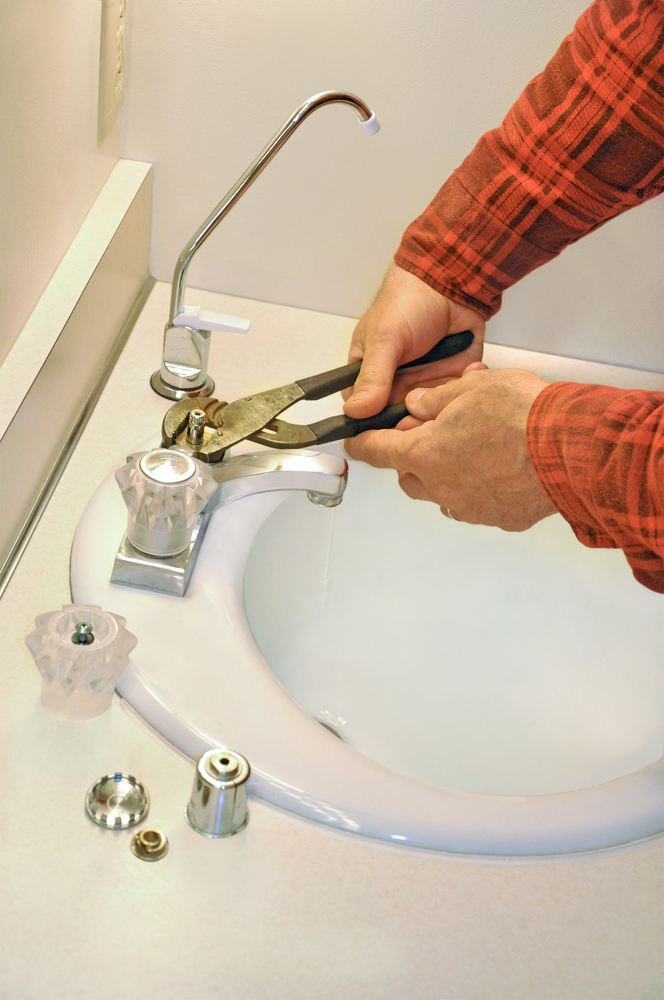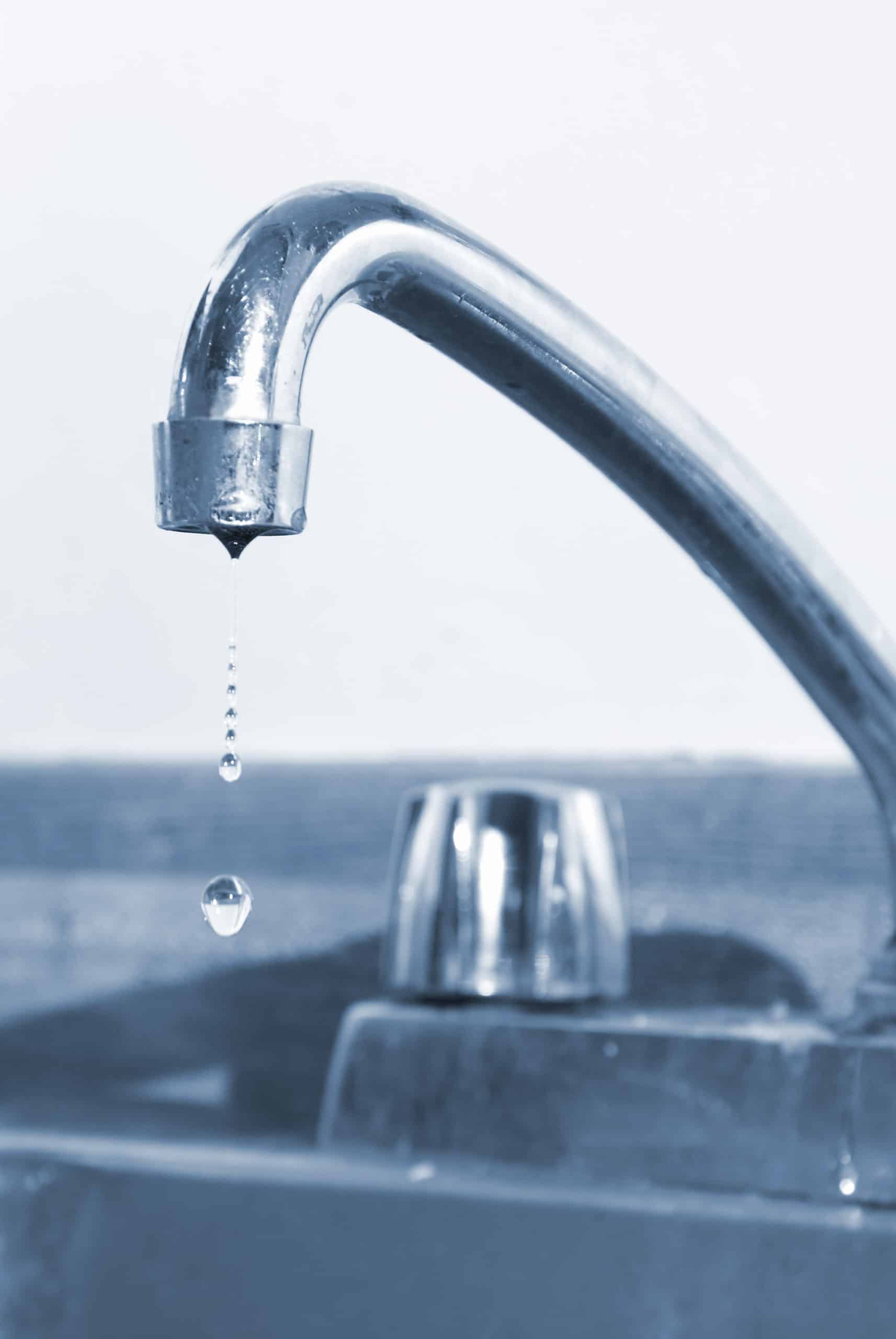Are you currently hunting for help and advice concerning Water Dripping from Faucet: Why and How to Fix?

Trickling taps may appear like a minor hassle, but their impact goes beyond simply the aggravation of the audio. From drainage to incurring unnecessary financial prices and wellness threats, neglecting a trickling tap can cause different effects. In this post, we'll explore why it's essential to address this usual home issue quickly and successfully.
Wastage of Water
Ecological Impact
Dripping taps contribute considerably to water wastefulness. According to the Epa (EPA), a single faucet leaking at one drip per secondly can squander greater than 3,000 gallons of water annually. This not just strains water sources but likewise affects environments and wildlife based on them.
Step-by-Step Overview to Dealing With a Dripping Tap
Devices Needed
Before trying to fix a dripping tap, collect the needed tools, including a flexible wrench, screwdrivers, substitute parts (such as washers or cartridges), and plumber's tape.
Usual Tap Issues and Their Solutions
Identify the sort of tap and the specific concern causing the drip. Common troubles include damaged washers, corroded shutoff seats, or faulty O-rings. Describe maker guidelines or on the internet tutorials for detailed advice on repair work.
Financial Prices
Increased Water Expenses
Past the environmental effect, trickling faucets can inflate water expenses considerably. The built up waste with time translates into greater energy expenses, which could have been prevented with prompt repairs.
Prospective Residential Or Commercial Property Damage
Additionally, long term trickling can lead to damage to fixtures and surfaces bordering the tap. Water buildup can cause staining, corrosion, and even structural problems if left neglected, causing added fixing costs.
Health Issues
Mold and Mold Development
The continuous existence of wetness from a leaking tap develops an excellent setting for mold and mildew and mold development. These fungi not only jeopardize indoor air high quality however also position health risks, particularly for individuals with respiratory system problems or allergic reactions.
Waterborne Conditions
Stagnant water in leaking faucets can become a breeding place for microorganisms and various other microorganisms, enhancing the risk of waterborne conditions. Impurities such as Legionella germs flourish in stagnant water, possibly causing severe diseases when ingested or breathed in.
Do it yourself vs. Expert Repair
Pros and Cons of Do It Yourself Repair Service
While some may try to take care of a leaking faucet themselves, do it yourself repair work come with their very own set of obstacles. Without appropriate knowledge and devices, DIY efforts can intensify the issue or lead to incomplete repair work, lengthening the issue.
Advantages of Hiring a Professional Plumber
Working with a professional plumber makes certain that the underlying root cause of the leaking faucet is addressed successfully. Plumbing technicians have the experience and devices to detect and repair tap problems effectively, conserving time and reducing the threat of further damages.
Environmental Obligation
Specific Contribution to Preservation
Taking responsibility for repairing trickling faucets lines up with broader efforts towards water preservation and environmental sustainability. Every individual's activities jointly make a significant effect on maintaining precious resources.
Lasting Living Practices
By focusing on prompt repair work and embracing water-saving behaviors, individuals contribute to sustainable living techniques that profit both existing and future generations.
Preventive Measures
Routine Maintenance Tips
To avoid trickling taps, perform routine maintenance such as cleaning up aerators, evaluating for leakages, and replacing worn-out parts immediately. In addition, take into consideration installing water-saving devices or upgrading to much more efficient fixtures.
Significance of Prompt Fixes
Resolving trickling taps as quickly as they're seen prevents further water wastefulness and potential damages, inevitably conserving both water and cash over time.
Effect On Property Value
Perception of Well-Maintained Residential Or Commercial Property
Maintaining a residential property in good condition, including attending to maintenance issues like dripping taps, boosts its perceived value and desirability amongst possible customers or occupants.
Influence on Resale Value
Properties with well-maintained plumbing components, consisting of faucets, command greater resale worths in the realty market. Attending to leaking faucets can add to a favorable perception during residential or commercial property inspections and arrangements.
Final thought
Addressing a trickling faucet goes beyond plain comfort; it's a necessary action toward conserving water, decreasing financial prices, and protecting health and building. Whether with DIY repairs or specialist help, taking action to take care of leaking taps is a small yet impactful means to advertise accountable stewardship of resources and contribute to a healthier, more lasting future.
How to Fix a Dripping or Leaky Faucet
A leaking faucet is one of the most common problems that homeowners encounter, but it being commonplace doesn’t make it any less annoying. The constant drip drip drip of a leaking bathtub faucet, showerhead, or sink tap can disturb your home’s serenity. Left neglected, a dripping faucet can also result in higher water bills and discoloration or mold growth in your sink or plumbing fixtures.
Fortunately, you don’t have to be a trained plumber to know how to stop a dripping faucet. With some basic tools, replacement parts, and a little patience, leaky faucet repair is a breeze. In this article, we’ll explain what causes dripping faucets and how you can fix them.
What Causes a Leaking Faucet?
Kitchen and bathroom faucets come in all manner of designs, but most involve some combination of valves, O-rings, seals, and washers. The O-ring is usually the weakest link, but any one of these pieces can wear down over time. Heat, moisture, temperature fluctuations, minerals, mold, and movement can contribute to warping and corrosion, breaking the watertight seal. This just comes with the territory of being a homeowner. Everything is always subject to wear and tear, and some component parts of your appliances and fixtures need to be replaced on occasion. At least replacement O-rings are cheap!
More rarely, dripping faucets can be a symptom of excessively high water pressure. Were this the case in your home, you would probably notice that the leak is not isolated to one faucet. Water pressure issues are harder to resolve on your own. We recommend contacting a professional plumber if you suspect your water pressure is too high.
How to Fix a Dripping Faucet
Pipe wrench or monkey wrench Allen wrench set Screwdrivers Old towel or rag Shut off the water.
Before you do anything, you need to turn off the water to keep from drenching your kitchen or bathroom. You should find a valve under the sink and against the wall. Once you’ve turned this valve, try turning the faucet on to confirm that the water source has been cut off.
If you can’t locate your local valve for the faucet you’re working on, you can always shut off the water to the house at the main valve. Of course, this will prohibit anyone from using the sinks, showers, or toilets while you’re working on the faucet that’s giving you trouble.
Plug or block the drain.
You’ll be disassembling the faucet and removing some small bits of hardware. Plug the drain with a stopper or rag to avoid the possibility of a small screw falling into your P-trap.
Take apart the faucet assembly.
There are several varieties of kitchen and bathroom faucets, each with its own manner of assembly. For detailed instructions on how to disassemble your faucet, you can refer to the fixture’s manual or contact the manufacturer. If you know whether you have a ball, disc, cartridge, or compression faucet, you can find detailed schematics online.
In general, you need to begin by removing the faucet handles. You might notice a small screw that you’ll need to remove with a screwdriver or Allen wrench. If you don’t see any visible securing hardware, it’s likely hidden under a decorative cap that can be unscrewed or popped off with flathead screwdriver.
Remove each piece methodically, consulting a schematic when necessary. Take notes or arrange the pieces in such a way to make it easier to correctly reassemble the faucet later.
Remove the cartridge.
Once you’ve removed the handles and securing hardware, you should be able to remove the valve cartridge or stem. Some cartridges will slide right out. Other faucet models will require you to loosen a nut with a pipe wrench before you can remove the valve stem.
Examine the exposed hardware.
With the cartridge or stem removed, inspect the component parts. Check the rubber O-rings for wear and tear. Also examine the seat washer for corrosion or other damage. These pieces are usually the responsible parties for a dripping faucet, but it’s worth inspecting the other component parts while you have the faucet disassembled.
Find replacement parts.
Once you’ve identified which faucet component has failed, find an identical replacement. Your local hardware store should have O-rings, seat washers, and other standard components in stock. If you have a luxury or uncommon faucet, you may have to contact the manufacturer for a replacement part.
It’s a good idea to take your old parts with you to the hardware store so you can compare them with the store’s inventory and be sure you’re purchasing the correct replacement.
Reassemble the faucet.
With your new parts in hand, reconstruct the faucet and handles. Don’t be tempted to overtighten screws or nuts. You might think this could create a better seal, but it can instead damage or bend a delicate part of the assembly and create a new problem for you.
Turn on the water and test the faucet.
The only thing left to do is test your work. Unplug the sink, turn the water back on, and try the faucet. Congratulate yourself on a job well done!
https://www.libertyhomeguard.com/how-to-fix-a-dripping-or-leaky-faucet/

Do you appreciate reading about Should I Repair or Replace a Leaky Faucet?? Leave a remark further down. We will be glad to hear your responses about this entry. In hopes that you visit us again soon. You should pause to share this article if you enjoyed reading it. Thanks for your time. Revisit us soon.